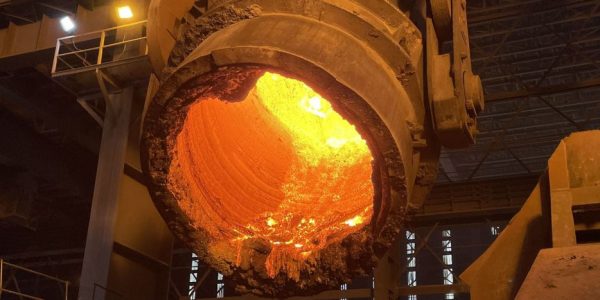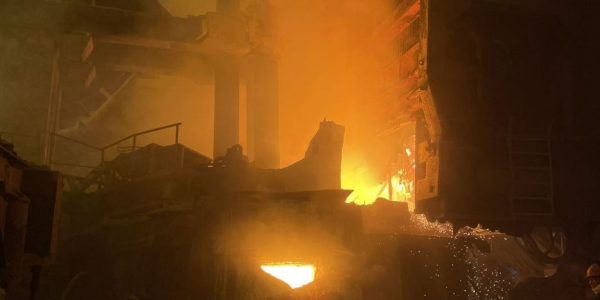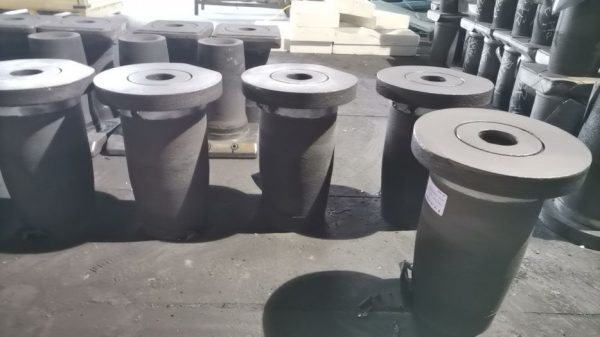A Comprehensive Guide to Ladle Refractories: Top 5 Types and Characteristics
In the steelmaking process of the iron and steel industry, ladle refractories play a vital role. They not only provide good furnace lining for high temperature smelting, but also protect the furnace body and improve smelting efficiency. In this article, we will introduce the types, characteristics, functions and application scenarios of ladle refractories in detail. Types Characteristics of Ladle Refractory Materials There are various types of refractory materials used in ladles, each designed to serve specific purposes. Here are some of the most common types: AL₂O₃-MGO-C brick AL₂O₃-MGO-C brick is made of calcined magnesia, calcined corundum, and large flake graphite as the main raw materials, with resin as the binder. This type of brick has the advantages of resistance to slag erosion, corrosion resistance, and wear resistance, and is mainly used for the walls and bottom of steel ladles. MGO-C BRICK FOR LADLE MGO-C brick for ladle is made of high quality magnesium oxide and flake graphite by pressing. It has excellent slag and molten steel erosion resistance, volume stability and good thermal shock stability, and is suitable for the smelting of ordinary carbon and high carbon steels. SLIDE GATE The slide gate has low impurity and maintains stable quality. Its good performance in terms of strength, erosion resistance, and thermal shock resistance enables the slide gates to cast multiple ladles of molten steel. UPPER NOZZLE & LOWER NOZZLE The upper nozzle and lower nozzle of the ladle supplied by our company are made of corundum and spinel as the main raw materials, with phenolic resin serving as the binder. The product exhibits excellent thermal shock stability, high-temperature strength, and strong resistance to steel erosion. PURGING PLUG & WELL BLOCK The purging plug and well block are made of chrome corundum and other materials, and they are installed at the bottom of the ladle, serving as important functional components. They feature a stable structure, a wide range of air permeability, easy adjustment of gas flow, a high blowing rate, resistance to scouring and erosion, and a long service life. Roles of Ladle Refractory Materials: Ladle refractory materials serve several critical functions in the steelmaking process: Protecting the steel ladle lining: During the steelmaking process, the lining of the steel ladle is subject to erosion from the high-temperature furnace slag and molten steel. Using refractory materials for steel ladles can effectively protect the lining from damage, improving the service life of the steel ladle. Enhancing resistance to furnace slag erosion: In a converter or electric arc furnace, the high-temperature slag erosion of the steel ladle is inevitable. Using refractory materials for steel ladles can enhance resistance to slag erosion and reduce damage to the lining of the steel ladle. Improving the quality of molten steel: Refractory materials for steel ladles have a lower杂质 content and better thermal stability, which can reduce the content of impurities in molten steel and improve its purity and quality. Reducing energy consumption: By using refractory materials for steel ladles, it can reduce fluctuations in the temperature of molten steel during the steelmaking process, lower energy consumption, and improve steelmaking efficiency. In conclusion With the continuous progress and development of the steel industry, the demand for high efficiency, energy saving and environmental protection is increasing. With its continuous innovation spirit and strong R&D strength, ZTM Refractory Materials will continue to lead technological innovation in the field of ladle refractories to meet the ever-increasing demands of the industry.



